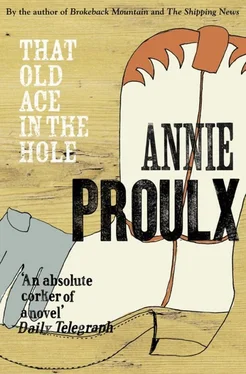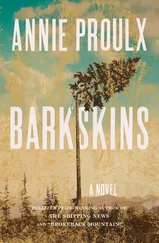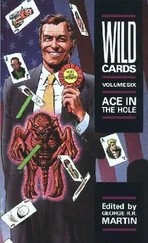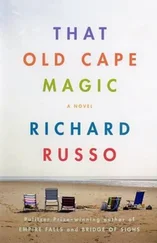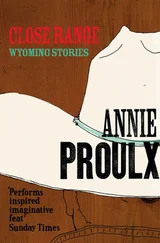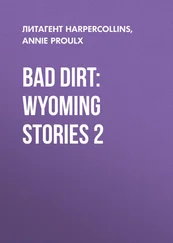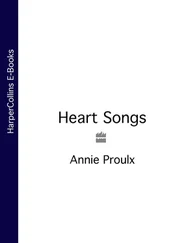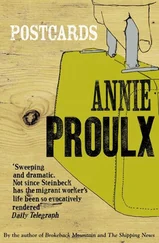MY SON IS AN HONOR INMATE AT MCALESTER
HONK IF YOU LOVE BRATWURST
WHAT A FRIEND WE HAVE IN JESUS
7-LETTER WORD FOR STINK – HOGFARM
He counted churches: the Primitive Baptist Church, the New Light Baptist Church, the Sunrise Baptist Church, the Sweet Loam Baptist Church, the First Baptist Church, the Bible Baptist Church, the Apostolic Faith Church, the Freewill Baptist Assembly, the Tabernacle Baptist Church, the Fellowship Baptist Church, the True Christian Church, the Straight Christian Church, the First Church of God, the People’s Church of the Plains, the Gospel of Grace Church, the Jehovah’s Witness Kingdom Hall, the Pentecostal Holiness Church, the Bethlehem Lutheran Missouri Synod Church, the First Assembly of God Church, the First United Methodist Church, the Church of the Brethren, the Seventh-Day Adventist Church and, on the very edge of town near some run-down hovels, the Immaculate Conception Caprock Catholic Church, a tiny building hardly bigger than the smokehouse from which it was converted. There seemed to be a church for every five residents. But of apartments and houses there was nothing for rent. Everyone had a home and was in it. The manager of the Hoss Barn, Gerald Popcorn, perhaps not an ex-con after all, thought Bob Dollar, offered him a residency rate of ten dollars a night but told him he would have to move to a smaller room. A tent seemed a better choice. And outside the wind never stopped blowing.
At night he read from Lieutenant Abert’s Expedition. There was an illustration of James William Abert at the front, but in it he seemed middle-aged. It was difficult to guess how he had looked at twenty-five: thin, a longish, straight nose, limp brown hair. Perhaps even then he was growing the mustache and beard of the sketch, even then his hair already receding. Bob imagined his friends called him “Jim,” but he thought of him as Lieutenant Abert.
The account began with a description of Bent’s Fort. Bob Dollar had gone to Bent’s Fort himself on the eighth-grade class trip. He knew the fort was a reconstruction and the guides, blacksmiths and mountain men lounging around were only actors, but the feeling was remarkably real that he was on the border of Mexico marked by the Arkansas River in the mid-nineteenth century, the world of traders and trappers and Cheyenne Indians, of Mexicans and Texians, of buffalo hides and French voyageurs. Now, looking at Lieutenant Abert’s watercolor of the fort, done from the far side of the Arkansas and showing an overly large flag flying from the fort and, in the foreground, a conical tent, perhaps a teepee, with two white men standing near, one wearing a striped shirt and, his arms folded, the other in buckskin pants and with a rifle over his left shoulder, he felt he was there again. The fort looked the same as it had on the eighth-grade trip. During the class visit Bob had been pleased to see screaming peacocks strutting along the fort’s parapet and wandering through the courtyard. Now he read that in Lieutenant Abert’s day there had been numerous cages at the fort containing birds of the region – the magpie, the mockingbird, the bald eagle. The parapet of the outer wall was planted to bristling cacti, which, when Abert saw them in the summer of 1845, were in waxy red-and-cream-colored bloom.
He delighted, with the lieutenant, in the groups of Cheyenne who came to the fort and did a scalp dance and posed for him while he painted their portraits. He enjoyed the lieutenant’s detailed description of Cheyenne hairdressing, the men’s hair long enough to trail on the ground but their eyebrows and beards plucked out with tweezers. He thought the lieutenant’s attraction to the women’s center partings and neat braids that hung to their waists a little more than that of a disinterested observer. Clearly he fancied them and Bob wondered if he had slept with any of them. He supposed so. And when the lieutenant went with “Mr. Charbonard” to visit Old Bark, an important Cheyenne (with a beautiful daughter), Bob thrilled at the contact with the Lewis and Clark expedition of 1804, for “Mr. Charbonard” was Jean-Baptiste Charbonneau, son of Sacajawea and Toussaint Charbonneau, the baby whom Sacajawea had carried on her back all the way to the Great Water of the West. What the lieutenant had written in 1845 Bob held in his hand, feeling the long-dead voice speaking to him.
At the end of the week, sitting in the Mexicali Rose over a cup of weak coffee, the cook stuck his head out of the square hole where the chicken-fried platters appeared.
“Hey, Bob Dollar, want your eggs bright-eyed or dirty on both sides? And are you still lookin for a place to rent?”
“Dirty. And I sure am.”
“Well, I heard it there’s a lady down in Woolybucket got somethin. If you don’t mind stayin down there. Pretty dead town. I got the number for you.” He thrust a torn edge of newspaper through the hole. “And if you got smarts you’d take somethin to eat. There’s no place to eat in Woolybucket. There was a place about fifteen years ago, run by a old lady, well, I say old lady, but you couldn’t tell if she was a woman or a man.”
“Thanks. And I guess I’ll get an order of fried chicken to go.”
He looked on his map. Woolybucket was the next town past Cowboy Rose, down Route 444, which ran from Tyrone, Oklahoma, to Pampa, Texas. It was on the north side of the Canadian River. He called the number and a woman’s thin yet rough voice told him that the place was an old log bunkhouse on the Busted Star Ranch, without electricity or running water, but sound and sturdy and only fifty dollars a month. No drinkers, no smokers, no women, no drugs. He said he would like to look at it, thinking that maybe it was the break he had been waiting for.
The wind had died down, leaving an emptied, medium-blue sky. On the outskirts of Woolybucket a sign proclaimed THIS IS THE BEST PLACE IN THE WORLD. A smaller, almost completely faded sign beyond it was illegible except for the sinister words “… out of town before sunset.” Woolybucket was the seat of Woolybucket County. Seven gravel and caliche roads, formed in the 1890s by cattle driven from outlying ranches to the railhead, converged from every compass point. No traffic light on earth could order the complex nine-way intersection which operated first come, first served. The railroad bisected the main street. There was a white water tower on which some wag had painted the legend H 2O. Beyond it were five or six grain elevators with a dozen pickups parked in front. Bob guessed that was the major hangout place for farmers.
The center of Woolybucket featured a small tan lawn like a grass tutu around a tan brick courthouse, a tan sidewalk leading up to a portico where a sign with an arrow directed visitors to the sheriff’s office. Along the street opposite the courthouse he saw the traditional lineup of small-town businesses, a card and gift shop, an empty storefront, the Old Dog Café, a law office with a sign reading F. B. WEICKS ATTY in flaking gold letters, the Lone Star pool hall, Bludgett’s Pharmacy, the Speedwell Market, the Woolybucket Bank and the glass-fronted newspaper office, The Banner , which he soon learned the less sanguine locals called The Bummer. Through its plate-glass windows the Old Dog looked to be crowded with men wearing cowboy hats, and the street itself, especially in front of Clip’s News & Video where young men and teenaged girls leaned against the walls of stores, against the municipal trash barrel, the posts supporting the arcade roof, draped themselves across the fenders of pickups. The town seemed vital and full of life.
The newer shops that proclaimed Woolybucket a community of modernity flanked the courthouse on the side streets. Here was an Episcopal church shaped like a wedge of cake, the Motel Caribe with a bathtub-size pool in the center of the parking lot, a Thai-Mexican restaurant, Woolybucket Cellular and a fitness center named Gym Bob’s. He bought six doughnuts at Cousin Dougie’s Donut Shop. A placard in the window announced YES WE HAVE LATE, which he took to be the regional spelling of “latte.”
Читать дальше
